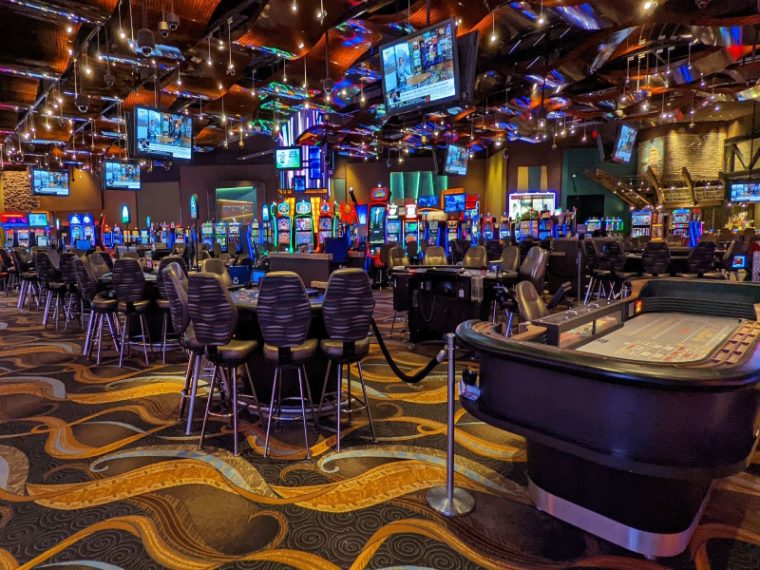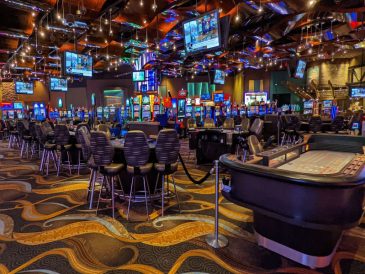Casinos operate in a complex environment where risk management is a critical component of maintaining profitability and security. Among the various challenges, the presence of Eat and Run Police (먹튀폴리스) presents a unique concern. These individuals conduct unannounced surveillance, often moving quickly through gaming floors and observing both staff and players. While their purpose may be regulatory or investigatory, their actions can inadvertently expose vulnerabilities in a casino’s operations. Understanding their impact and integrating specific risk management strategies is essential for ensuring operational stability.
Identifying Risks Associated with Eat-and-Run Police
Eat-and-run police introduce both operational and reputational risks for casinos. Operationally, their unpredictable presence can disrupt gaming procedures, especially in high-stakes areas. Staff may react inconsistently to unrecognized observers, potentially creating lapses in protocol. From a reputational perspective, any perceived irregularity in casino operations noted by these individuals could lead to audits or penalties, impacting public trust. Identifying these risks allows management to implement preventative strategies tailored to minimizing exposure.
Staff Preparedness and Training
A core aspect of managing the risks posed by eat-and-run police is ensuring that staff are well-trained. Employees should be familiar with standard operating procedures for interactions with unidentified observers. Training programs focus on maintaining composure, adhering strictly to protocols, and avoiding actions that could be misinterpreted as negligence. Staff should also be educated on subtle behavioral cues that indicate surveillance activity, allowing them to remain vigilant without creating tension among regular patrons. Regular drills and scenario-based exercises reinforce these competencies, promoting consistent performance under unpredictable circumstances.
Enhanced Surveillance and Monitoring
Effective surveillance systems are central to casino risk management. High-definition cameras, combined with advanced analytics, allow security teams to monitor all areas comprehensively. These systems can detect unusual patterns, such as individuals frequently changing positions or observing multiple tables without engaging in play. By identifying these behaviors early, security personnel can assess the situation discreetly, ensuring that operations continue smoothly while potential risks are evaluated. Maintaining detailed surveillance records also aids in post-incident analysis and strengthens internal accountability.
Access Control and Secure Zones
Limiting access to sensitive areas is another critical measure. Casinos implement tiered access systems to prevent unauthorized individuals from entering rooms where cash handling, chip storage, or game management occurs. Eat-and-run police may attempt to approach these areas, so secure access protocols, such as badge verification, biometric checks, and controlled entry points, are essential. These measures not only protect assets but also reduce the likelihood of operational disruptions that could arise from unexpected observation.
Communication and Incident Management
Clear communication channels are vital in managing risks associated with eat-and-run police. Staff should be instructed to report suspicious behavior immediately, using predefined protocols that preserve operational discretion. Security teams must respond tactfully to verify identities and assess intentions without alarming other patrons. Comprehensive incident reporting helps track patterns, identify potential vulnerabilities, and refine ongoing risk management strategies, ensuring that future encounters are handled more efficiently.
Regular Risk Assessments
Ongoing risk assessments are a cornerstone of effective casino management. Periodic reviews of security protocols, staff performance, and surveillance systems help identify gaps that could be exploited. Audits focusing on areas of high vulnerability allow management to implement proactive measures, reducing exposure to both operational and reputational risks. By continuously evaluating procedures and outcomes, casinos can maintain a secure environment and safeguard their operations against unforeseen challenges.
Conclusion
The presence of eat-and-run police highlights the importance of proactive risk management in casino operations. Through staff training, advanced surveillance, strict access control, and effective communication, casinos can mitigate the challenges posed by these covert observers. Continuous assessment and adaptation of protocols ensure that both operational integrity and reputation are preserved, allowing casinos to maintain a secure and well-regulated gaming environment.




